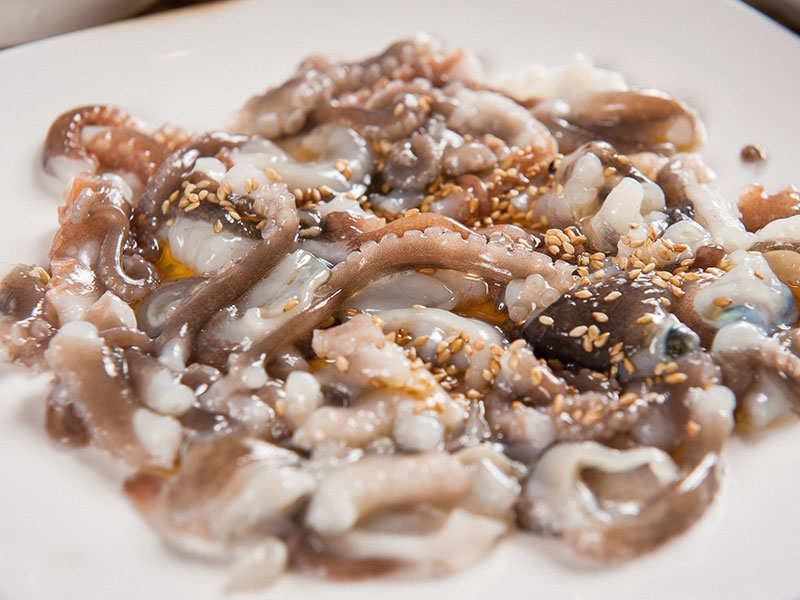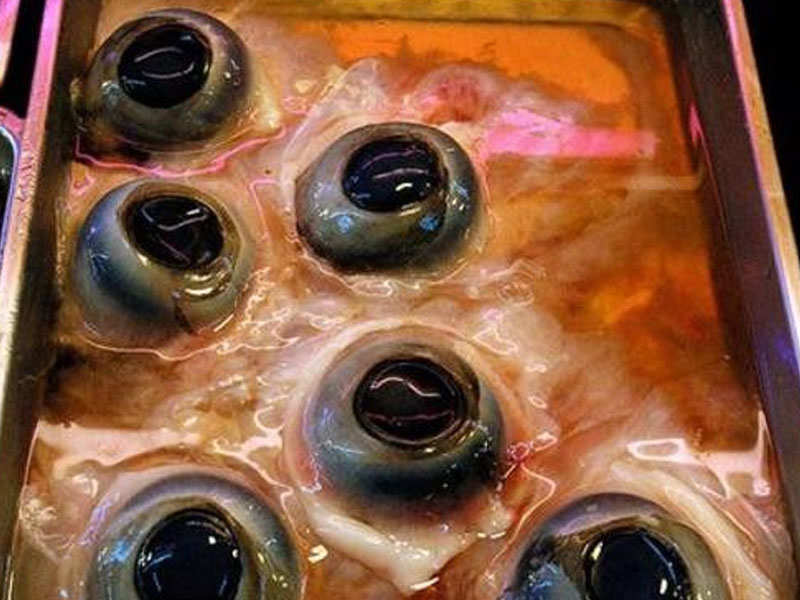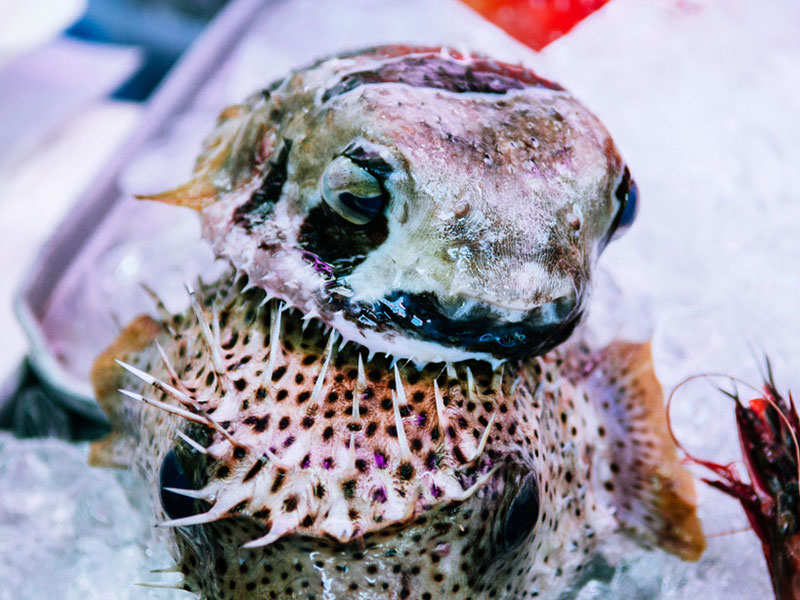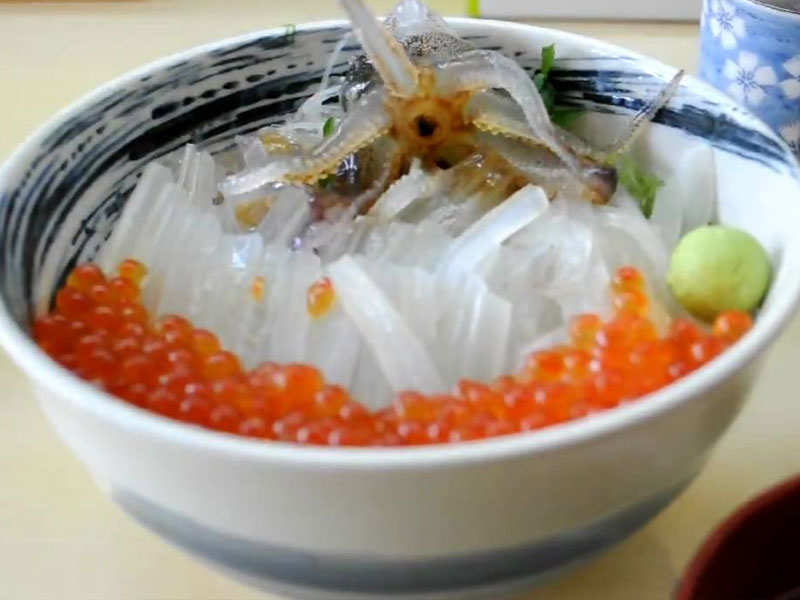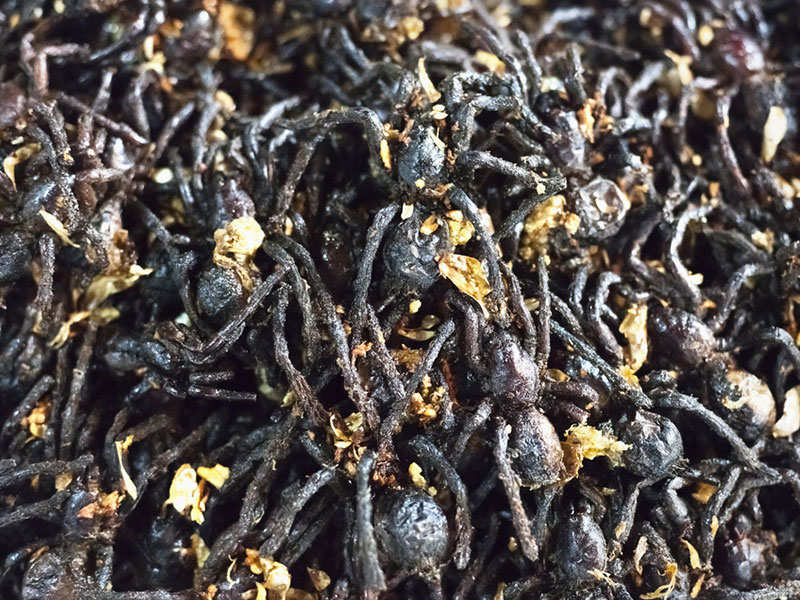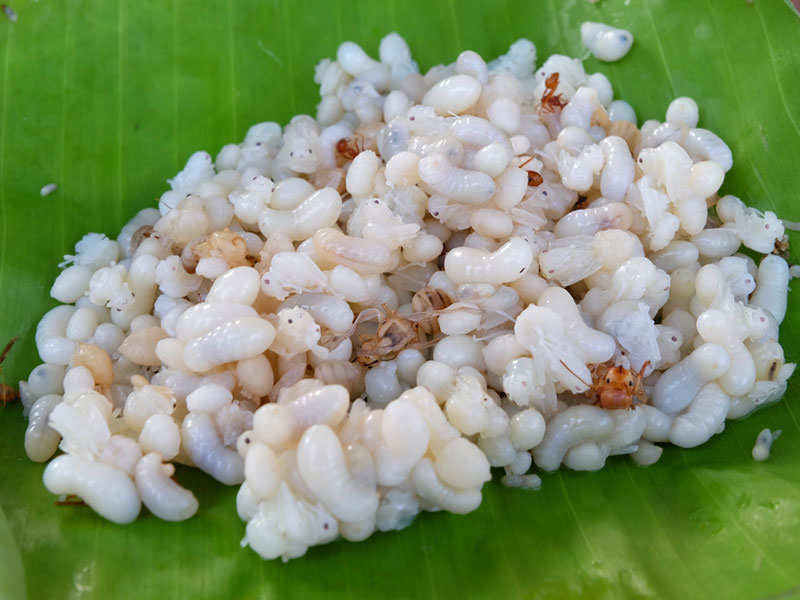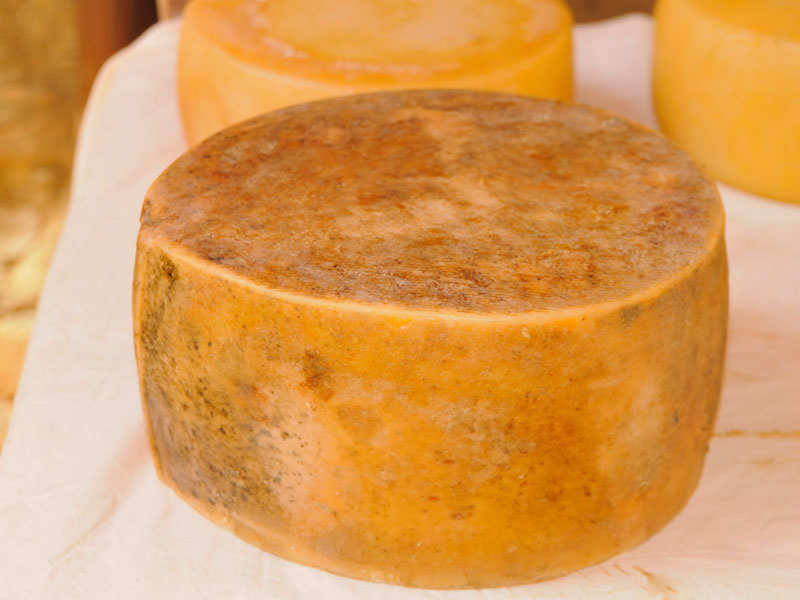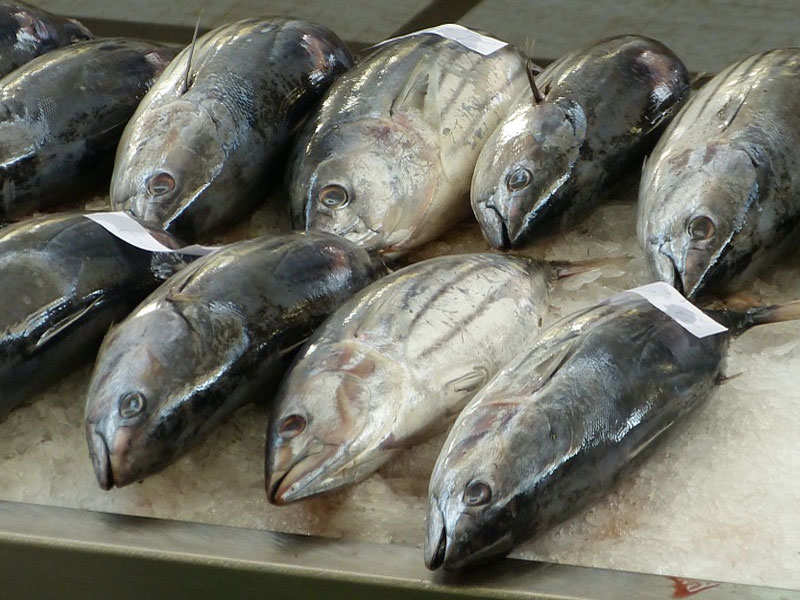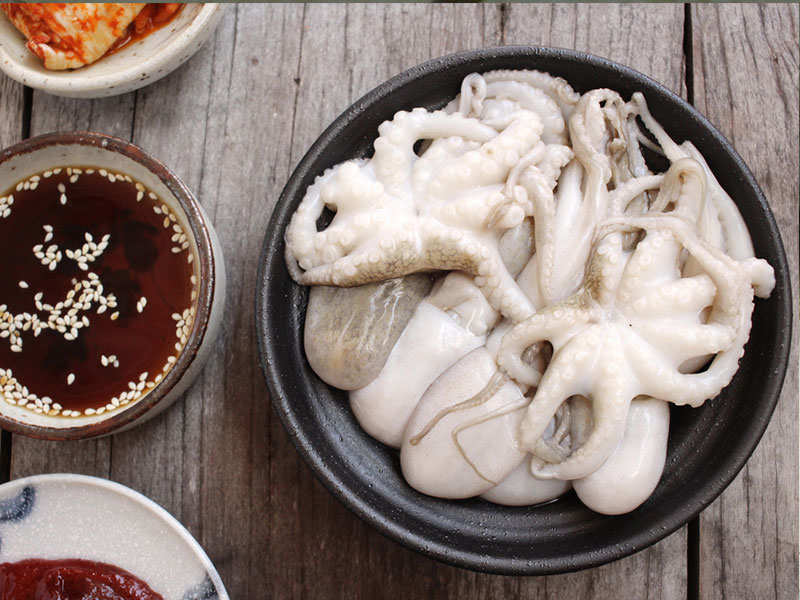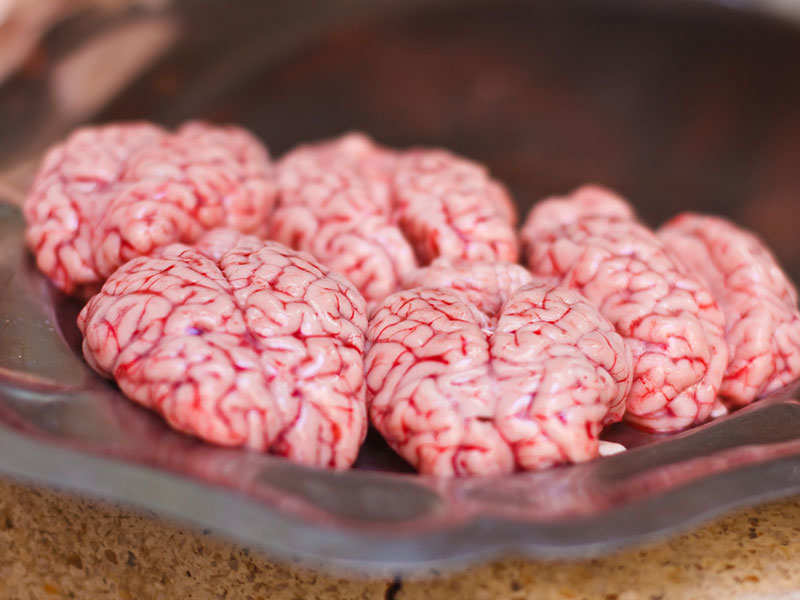Halong Bay is one of the most famous spots in Vietnam and consists of a series of amazing limestone islands which are also a designated UNESCO World Heritage Site. There are some 2,000 islands located in Halong Bay and you will find many of them uninhabited and covered in gorgeous lush vegetation, making them perfect for hiking. If you like walking then you can also enjoy the craggy bluffs that cover the islands of Halong Bay, and you can also explore and discover isolated bays and dainty inlets.
Many of the islands are also home to famous caves where you can go spelunking and although Halong Bay can get quite busy during the high season, there are still some secluded spots to uncover if you are willing to island hop. If you prefer to stay in the thick of things, then you can enjoy seafood barbecues, sea kayaking and a whole host of attractions in the main towns such as forts and other monuments.
Here are the best things to do in Halong Bay…
1. Take a cruise
If you truly want to see all the beauty of Halong Bay then you need to take to the water and sign up for a boat cruise.
There are a huge number of companies to choose from and you can go island hopping in Halong Bay.
With some 2,000 islands to choose from, you will have lots of different options about where you want to go and what you want to see, from the main ‘big hits’ to less well known and smaller islands.
Many of the boats used are built in the traditional style and are known as ‘junk boats’. Depending on the tour operator you can also enjoy a buffet meal as part of the cruise or even stay on the boat overnight for a truly memorable cruising experience.
2. Go spelunking at Hang Sung Sot Cave
Hang Sung Sot Cave is located at Bon Hon Island and you will need to hike up a steep path to get here, although it is worth the effort for the inner views.
There are two different chambers in the cave which soar to a height of some 30 meters.
The inner chamber is known for having a number of stone formations that are said to look like sentries lining up and there is even a stone in the center of the cave that looks like a general talking to his troops.
As the light streams across the water and makes flickering patterns on the inside of the cave, it looks as if the formations are coming to life.
3. Go diving
Diving is one of the top activities in Halong Bay and the islands are the perfect place to enjoy the underwater delights in this part of Vietnam.
The waters here offer excellent visibility and you can go diving and swim through scenic underwater caves grottoes.
There are a number of diving schools here, or if you prefer you can just take a boat to the islands and swim and snorkel around.
4. Visit Cat Ba Island
Cat Ba Island is the most popular attraction in Halong Bay and it is also the biggest island in this part of Vietnam.
The island sits around an ancient fisherman’s port and as such has a relaxed atmosphere that makes it the perfect place to spend an afternoon.
One of the best things to do here is to rent a bicycle and ride to the idyllic countryside just outside the main town.
This is also the spot where many of the boats leave for island trips so it makes a good place to base yourself while you are in Halong Bay.
5. Explore Me Cung Cave
Me Cung Cave is also known by its English name which is Bewitching Grotto.
This is one of the most picturesque caves in Halong Bay, which is saying something as there are many other pretty attractions here.
The entrance of the cave is through a narrow entrance which you need to squeeze into.
Once inside however, the chamber opens up and you will find winding tunnels that are covered in gorgeous stalagmites and stalactites.
There are also fossils in the cave so if you are a fan of spelunking then this is a great spot to explore for an afternoon.
6. Take a cycling tour
Halong Bay is well known for its laid back atmosphere and if you want to check this out for yourself then you need to rent yourself a bicycle.
There are bicycle tours that you can take all over the region, or you can go it alone and explore at your leisure.
There is no better way to tour Halong Bay than by cycling down to the various beaches on Cat Ba Island and the going for a refreshing swim at the end of a long bike ride.
7. Travel to Monkey Island
Monkey Island is also known as Cat Dua in Vietnamese and is a great spot if you are looking to take a boat trip in Halong Bay.
There is an idyllic private beach here and you can spend your time topping up your tan on the white sand or go swimming and snorkeling in the azure seas.
If you are feeling adventurous then you can also go sea kayaking here or you can hike across the island as there are a huge number of scenic trails that take you through the lush greenery.
8. Travel to the shrine at Virgin Cave
Virgin Cave is located at Bon Hon Island.
The cave is also known as Hang Trinh Nu and is one of the most famous grottoes in Halong Bay.
The reason for this is the legend that is associated with the cave.
The story goes that a young women committed suicide here after she was trapped in an unhappy marriage and then her body turned to stone.
One alternative theory is that she chose to end her life here and was then buried by the local fisherman who found her.
There is a shrine now inside the grotto to commemorate the legend and this is a top attraction in Halong Bay.
9. Hike around Cat Ba National Park
Cat Ba is a gorgeous national park which boasts 32 different kinds of mammals.
Some of these include langurs which are the most endangered primates in the world.
You will also find some amazing hiking trails here which include an 18 kilometer climb to the summit of the main peak in the national park.
There are a number of guides available in the park and it is recommended that you hire one if you want to make the most of the experience as they can also show you all the flora and fauna as you trek around and explain the history of the region.
If you love nature and don’t have a huge amount of time to explore Halong Bay then this is a good pick as you will get to see a wide range of species in a short amount of time.
10. Check out Fighting Cocks Island
Fighting Cocks Island is called Hon Ga Choi in Vietnamese and this is also one of the best known landmarks in the Halong Bay area.
The island is made up of two large rocks that jut out of the sea and resemble two cockerels fighting.
The best time to visit the island is at sunset as the sky looks stunning when it sets behind the two pretty stone formations.
11. Go night squid fishing
Anyone who is a night owl should consider a popular night time activity in Halong Bay which is night squid fishing.
When you sign up, you will be provided with a fishing rod and you will be able to take in large shoals of squid which swim around in these waters after darkness falls.
One you have caught the fish, you can also enjoy a barbecue as the staff will show you how to barbecue these delicious sea creatures.
12. Visit Lan Ha Bay
Halong Bay is a very popular destination in Vietnam which means that many of the islands get crowded in the high season.
With that in mind, if you want to explore a quieter part of the region, then consider a trip to Lan Ha Bay.
The island is known for white sandy beaches and there are a plethora of activities on offer here.
These include swimming, rock climbing and sea kayaking and you can also visit the Cai Beo Floating Village.
This is one of the oldest floating residential areas in Vietnam so if you want to see a slice of history then this is not to be missed.
13. Shop at Cat Ba Island Market
If you are staying on Cat Ba Island and want to try some of the local delights then head for the central market.
Here you will find a variety of local fruits and vegetables and you can also check out the local seafood.
There are huge mounds of crabs, jump shrimp and fish here, and if you want to set up your own beach barbecue later then this is the place to source your produce.
14. Dine on seafood barbecue
Halong Bay is located by the sea, and so it stands to reason that there is a plethora of seafood on offer here.
Many of the restaurants here are located along the central beaches and you can dine with your feet in the sand and sample the freshest catch of the day.
Just some of these include baked king prawns as well as squid, crab, and lobster.
If you prefer there are also self-barbecue fire pits where you can have a go at cooking your own dinner.
15. Travel to Dau Be Island
Dau Be Island is a great spot if you want to go swimming or diving.
The reason for this is due to the amazing coral gardens here as well as deep grottoes which are located inside three large lakes.
If you want to get the underground cave and grottoes then you need to row across to them at low tide which is the only time that you will be able to climb inside.
16. Tour Cannon Fort
If you want to take in the best of the views in Cat Ba Island then head for Cannon Fort.
From the vantage point of the fort you can see rolling hills as well as bobbing fishing boats and karst formations jutting out of the sea.
To get to the fort you need to walk up a hill to the main gate and you can check out underground tunnels here as well as a number of attractions such as gun emplacements.
The fort is also dotted with life size model soldiers and there are several lookout points.
17. Go cliff walking at Cat Co 3
Cat Co 3 is nestled close to Cat Ba Town although the stretch of sand itself is not very large.
You can of course stop here to top up your tan or go for a swim, but the main reason to visit is for the cliff top paths here.
The cliff side has a walking trail that will take you to other beaches like Cat Ba 1 and 2 and this is one of the best walks on the island.
18. Hike on Ban Sen Island
Anyone looking for an adventure needs to head to Ban Sen Island.
This is one of the less visited islands in Halong Bay and is covered with thick forest lands.
To get here you need to take a ferry to Quan Lan from Cai Rong and then you can head off on your hike.
There are a number of guides here who can show you the often hidden routes and also regale you with tales of the flora and fauna found on the island.
19. Sleep on a boat
When you book a hotel in Halong Bay, you may not realize that there are a whole host of different options.
You can of course stay in a traditional hotel, but if you fancy a change then you can also sleep on a boat.
There are a number of boats that also operate as hotels and you can choose from large cruisers to smaller, traditional junks.
You can star gaze from the deck of the boat and drift off to sleep lulled by the ocean waves for a completely unique hotel experience in Halong Bay.
20. Shop at Bai Chay Market
If you want to sample some of the local produce in Halong Bay then one of the best places to do this is at Bai Chay Market.
This is a local Vietnamese market in Halong Bay and you will find huge heaps of fresh fruit and vegetables here as well as plenty of seafood.
You can also buy other local items like clothing and textiles so this is a good spot to visit if you want to stock up on souvenirs.
21. Visit Hospital Cave
Hospital Cave is so named as it was used as a secret hospital during the Vietnam War as it couldn’t be bombed.
It was also used by Viet Cong leaders and was built from 1963 to 1965. It was used as late as 1975 and is around 10 kilometers from Cat Ba Town.
There is a guide here who will show you around some 17 rooms over three floors and you can even see an operating theater as well as a cinema and swimming pool.
22. Grab a drink at the bai doi stalls
If you want to relax and have a drink at sunset then you need to head to the bai doi stalls on Cat Ba Island.
These sell draft local beer and most of them are located along the scenic waterfront.
With that in mind, head here as the sun goes down for a crisp and refreshing tipple.
23. Take a sea plane
If you want to splash out and see Halong Bay from a height then consider signing up for a tour on a sea plane.
This part of Vietnam is known for its karst formations, and there is no better way to see these than from the air.
The seaplane rides in Halong Bay will take you up to a height of 300 meters above the water and you will fly over spots of interest like Dau Go Cave, Tuan Chau Island and plenty of other highlights.
24. Go kayaking around the karst formations
Anyone looking for an adventure at Halong Bay should consider going kayaking.
This is kayaking with a twist however, as the sea here is studded with eerie rising karst formations that jut out of the water.
If you want to explore these up close therefore, then you need to get into a kayak and get out on the water, and the conditions in Halong Bay are perfect as the seas are calm and the visibility is excellent.
25. Visit the Ho Chi Minh Monument
Ho Chi Minh is credited as being the founding father of modern Vietnam and no town in this country is complete without a statue of this formidable leader.
The monument to Ho Chi Minh in Halong Bay is located on a hillside in Cat Ba Town which is known as Mountain Number 1. As well as seeing the statue, this makes a nice place to come for a walk and check out the vistas over the water.
